The Cackabakah Falls is a superb example of the nineteenth-century artist Paul Kane (1810–1871) embracing the sublime. In portraying Kakabeka Falls on the Kaministiquia River near what is now Thunder Bay, Ontario, the artist has chosen as his subject one of the natural wonders along the Hudson’s Bay Company (HBC) voyageur route. His depiction of these falls as a fearsome force of nature is intended to inspire and overwhelm the viewer, while the foreground wedge of land offers a stable view at a safe distance.
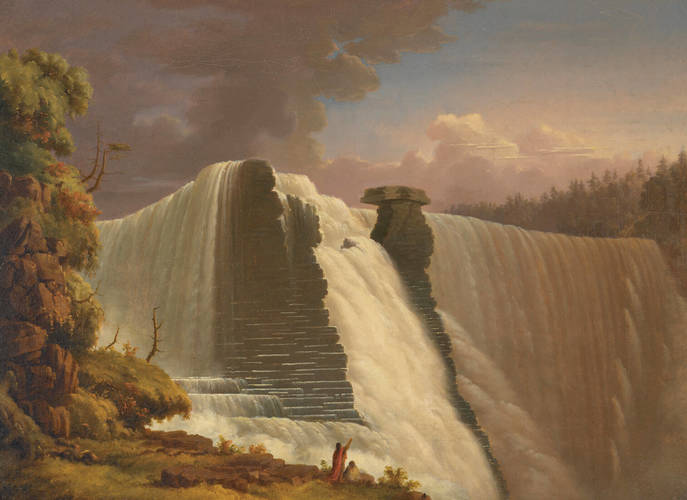
Paul Kane, The Cackabakah Falls, c.1849–1856
Oil on canvas, 51 x 71 cm, Royal Ontario Museum, Toronto
Light glances off the massive sheets of falling water, reflecting off the horizontal striations of the chert rock and vying with the storm cloud for supremacy. The diminutive Indigenous figures on the riverbank are a typical Romantic device used to provide scale and emphasize the immensity of this natural wonder—and, by projection, Kane’s own experience.
Kane makes no mention of the falls by name in the field journal that he kept while traveling with the HBC, nor does he indicate his response to the view; he simply notes that he made sketches of two portages along this leg of his journey. It is as though he relies on drawing to accurately record his experience and his painting to emotionally express it.
This Spotlight is excerpted from Paul Kane: Life & Work by Arlene Gehmacher.
 Rococo Riff
Rococo Riff
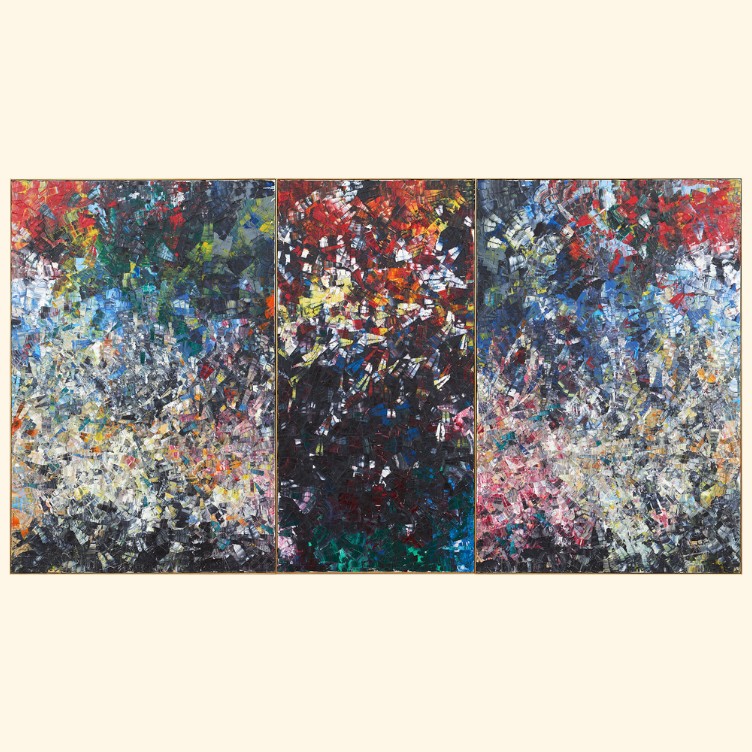 In Memory of Monet
In Memory of Monet
 Pyramid Scheme
Pyramid Scheme
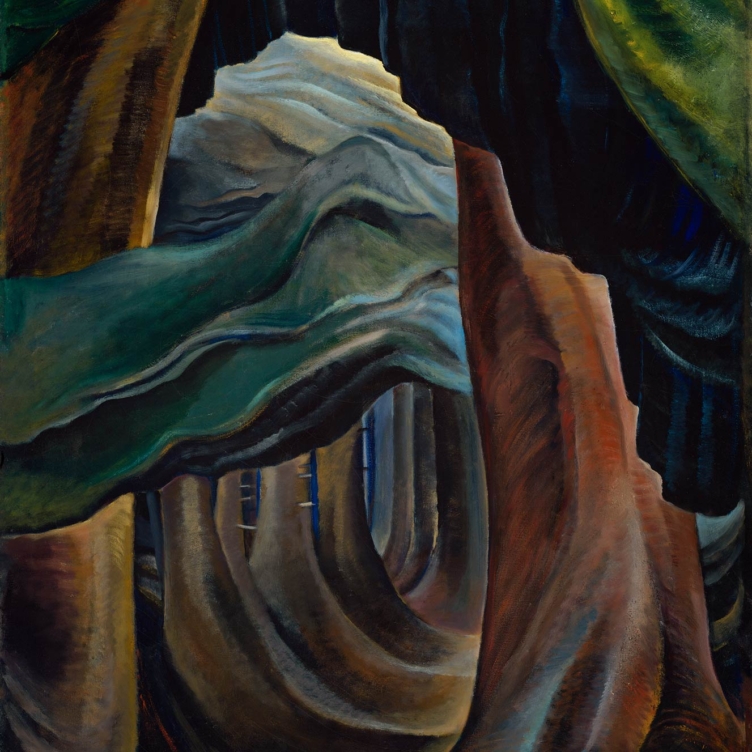 Transportive Trunks
Transportive Trunks
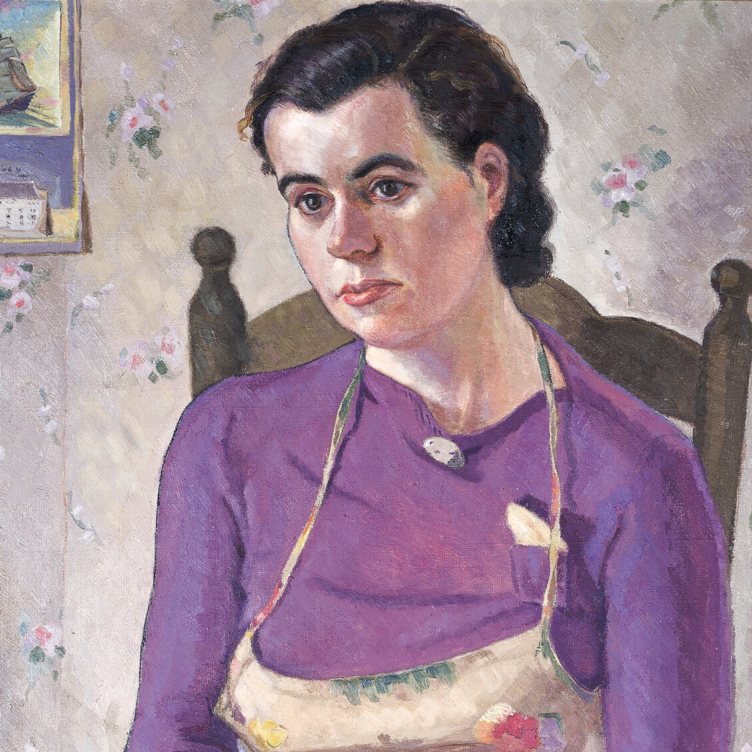 The Military Mate
The Military Mate
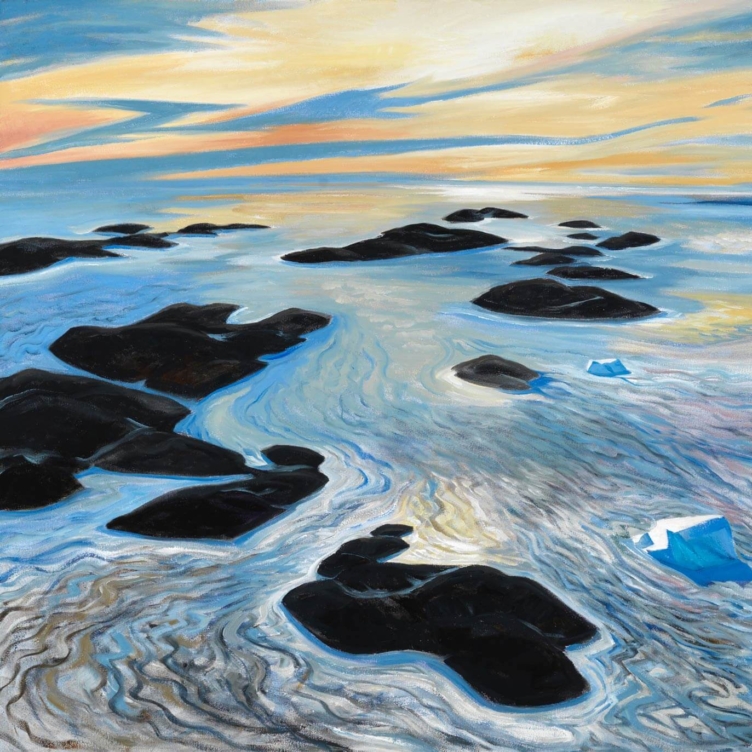 Looking Up on the World
Looking Up on the World
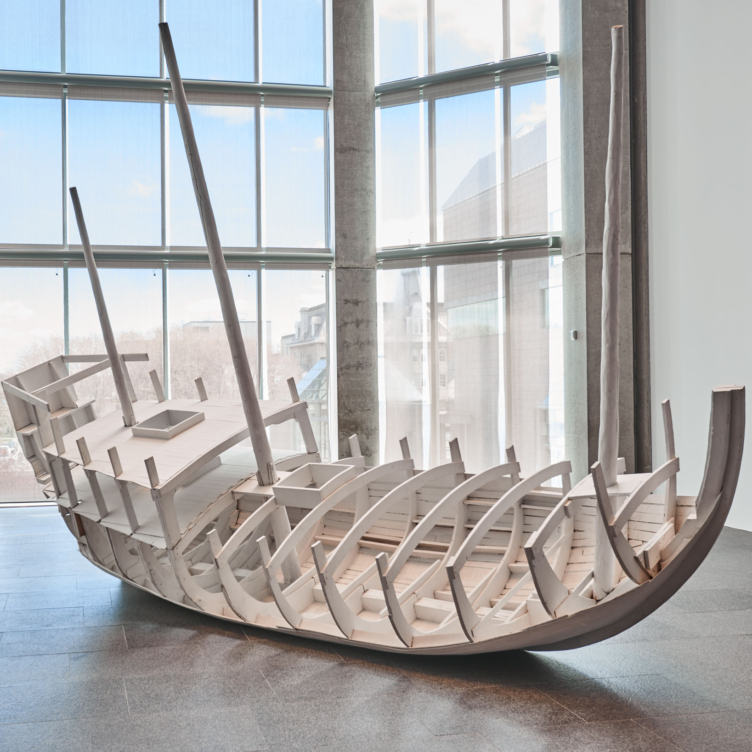 Vessel of Despair
Vessel of Despair
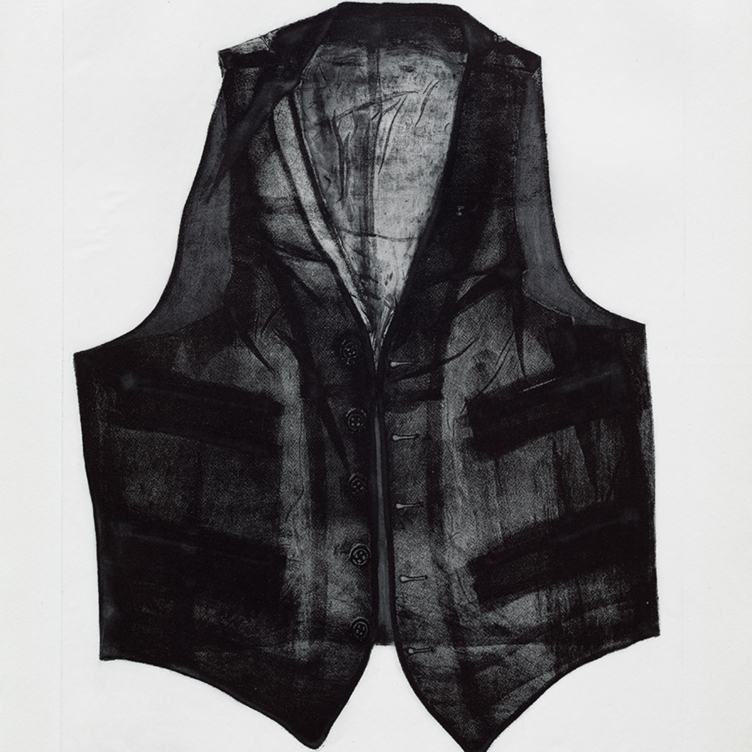 Layers of Meaning
Layers of Meaning
 In Parallel to Nature
In Parallel to Nature
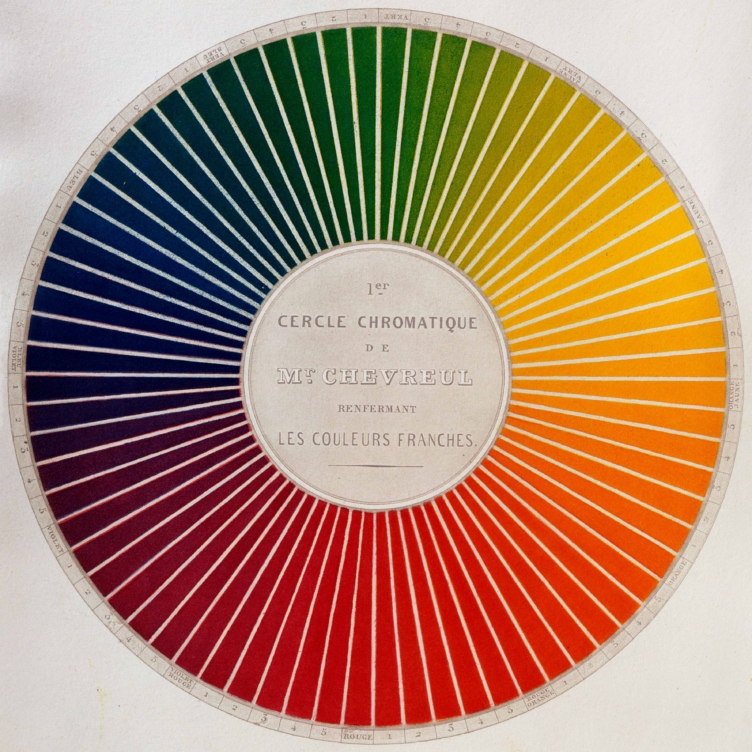 Wheel of Fortune
Wheel of Fortune
 Paintings after emotional states
Paintings after emotional states
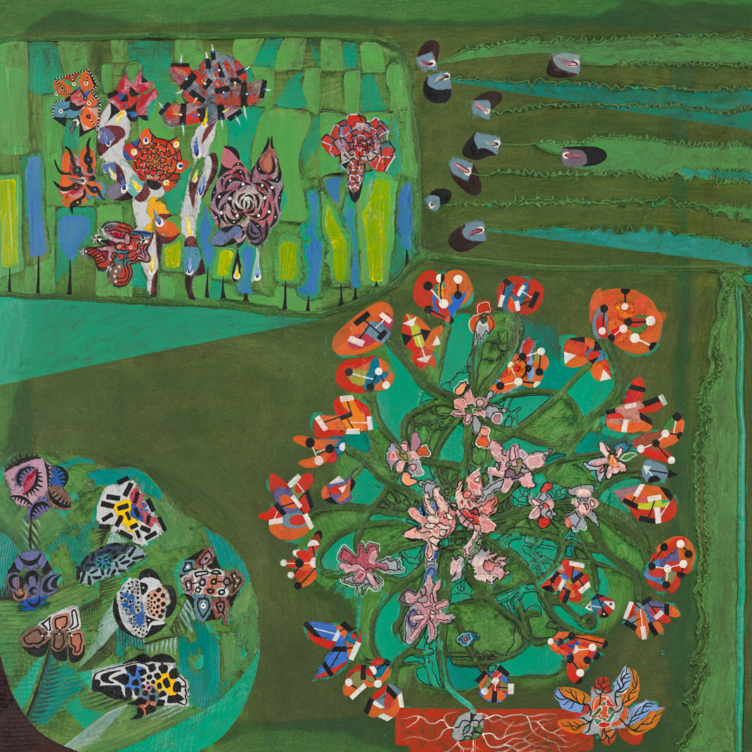 Garden of Delight
Garden of Delight
 Stitching the Archives
Stitching the Archives
 A Working-Class Hero
A Working-Class Hero
 Imagining Entangled Futures
Imagining Entangled Futures
 Bridging Far and Near
Bridging Far and Near
 Soft Power
Soft Power
 Imagining Emancipation
Imagining Emancipation
 A Priceless Portrait
A Priceless Portrait
 Meditation in Monochrome
Meditation in Monochrome